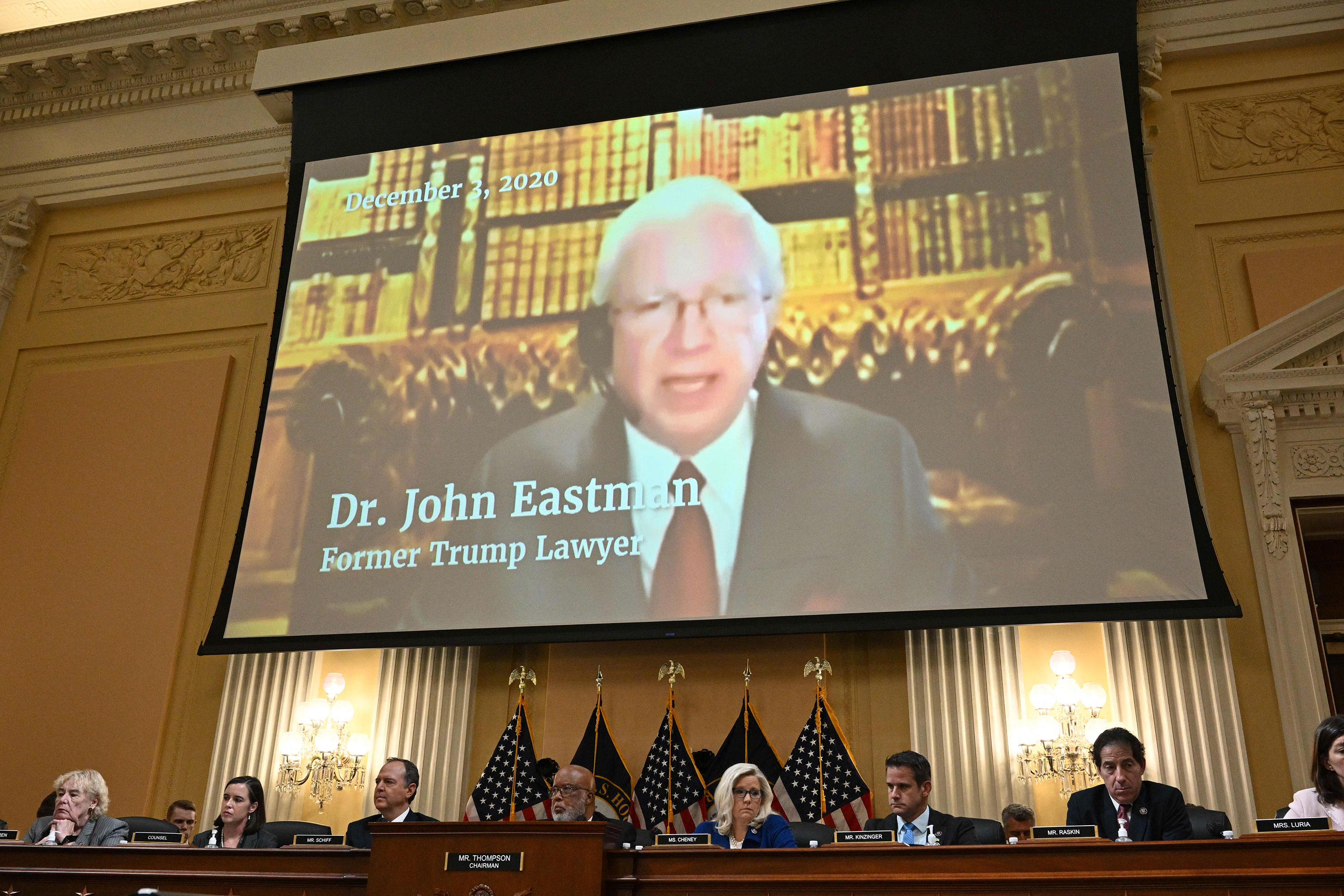The Impact Of Tariffs On China's Export-Oriented Economy

Table of Contents
Disruption of Global Supply Chains and Export Volumes
Tariffs imposed on Chinese goods have significantly disrupted global supply chains, creating ripples throughout the international trading system. These trade barriers, including export restrictions and increased costs, have directly affected the volume of Chinese exports to key markets.
- Examples of affected industries: The electronics industry, heavily reliant on Chinese components and manufacturing, has faced substantial challenges. Similarly, the textile industry, a major contributor to China's export volumes, has experienced reduced demand due to increased prices. The agricultural export sector has also felt the impact, with tariffs affecting the export of various products to different regions.
- Quantifiable data on reduced export volumes: Studies show a significant decrease in China's export growth rates following the imposition of tariffs, particularly in sectors directly targeted by trade actions. Precise figures vary depending on the specific tariff and the product category. However, data from the WTO and other organizations confirm a clear negative correlation between increased tariffs and Chinese export volumes.
- Ripple effect on other countries: The disruption in Chinese exports has had a cascading effect on other countries reliant on Chinese imports for manufacturing or as intermediary goods. This has led to production delays, increased costs, and reduced economic activity in various parts of the global economy.
Impact on Specific Chinese Industries and Sectors
The impact of tariffs has not been uniform across all sectors of the Chinese economy. Some industries have been hit harder than others, revealing the complexities of assessing the overall effect.
- High-tech manufacturing: The technology sector, a focus of increasing attention and investment for China, has experienced significant challenges due to tariffs targeting high-tech products. This has impacted China's ambitions for technological leadership and its competitiveness in the global market.
- Labor-intensive industries (e.g., textiles): Labor-intensive industries, such as textiles and garments, have been particularly vulnerable. Increased costs associated with tariffs have reduced the price competitiveness of these goods, leading to decreased demand and impacting employment in these sectors.
- Agricultural exports: The agricultural export sector has faced challenges due to tariffs imposed on products like soybeans. This has forced China to diversify its sources of agricultural imports and has impacted the income of Chinese farmers.
China's Response Strategies and Economic Diversification
Facing the challenges posed by tariffs, China has implemented a range of strategies to mitigate their negative consequences and foster economic diversification.
- Boosting domestic consumption: China has actively pursued policies to stimulate domestic consumption, reducing reliance on exports for economic growth. Investment in infrastructure, improved social safety nets and targeted consumer incentives are key elements of this strategy.
- Belt and Road Initiative: The Belt and Road Initiative (BRI), a massive infrastructure development project, aims to create new trade routes and access new markets, lessening dependence on traditional export destinations. This initiative strengthens trade relationships with countries along the routes, creating alternative export channels for Chinese goods.
- Technological innovation and diversification: China is investing heavily in technological innovation to upgrade its industrial base and create higher-value-added products, less susceptible to trade disputes. This involves significant investment in research and development, as well as fostering technological partnerships.
Long-Term Implications for the Global Economy and China's Role
The long-term consequences of tariff policies on both the global economy and China's role within it are complex and subject to ongoing debate.
- Future of global trade relations: The current trend of protectionist measures raises concerns about the future of free and fair global trade. The impact of these tariffs on the multilateral trading system, embodied by the WTO, is a major focus of international discussion.
- Shifts in global economic power dynamics: The trade disputes have highlighted the evolving power dynamics in the global economy. China's response to tariffs has implications for its economic growth trajectory, and for the balance of global economic power.
- China's ongoing economic restructuring and adaptation: China's experience with tariffs has forced a reassessment of its long-term economic strategy, accelerating its efforts towards economic diversification and technological self-reliance. This restructuring has implications for both the Chinese and global economies.
Conclusion
The impact of tariffs on China's export-oriented economy is a complex issue with far-reaching consequences. The disruption of global supply chains, varying effects across different industries, and China's strategic responses highlight the multifaceted nature of this challenge. Understanding these impacts is crucial for businesses, policymakers, and global stakeholders. Learn more about how tariffs are reshaping China's export-oriented economy and its global implications. The evolving landscape of trade policy and its effect on China's export-oriented economy requires ongoing attention and analysis.

Featured Posts
-
 Canadian Bread Price Fixing Lawsuit 500 Million Settlement Hearing In May
Apr 22, 2025
Canadian Bread Price Fixing Lawsuit 500 Million Settlement Hearing In May
Apr 22, 2025 -
 Cassidy Hutchinson To Publish Memoir Detailing Jan 6 Events
Apr 22, 2025
Cassidy Hutchinson To Publish Memoir Detailing Jan 6 Events
Apr 22, 2025 -
 Blue Origin Scraps Rocket Launch Due To Subsystem Problem
Apr 22, 2025
Blue Origin Scraps Rocket Launch Due To Subsystem Problem
Apr 22, 2025 -
 Turning Poop Into Podcast Gold How Ai Simplifies Scatological Document Analysis
Apr 22, 2025
Turning Poop Into Podcast Gold How Ai Simplifies Scatological Document Analysis
Apr 22, 2025 -
 Stock Market Pain Investors Push Prices Higher Despite Risks
Apr 22, 2025
Stock Market Pain Investors Push Prices Higher Despite Risks
Apr 22, 2025
